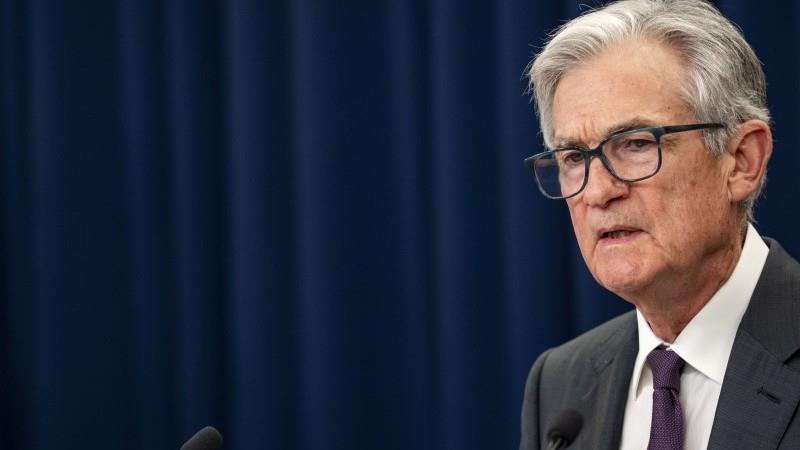The United States dollar continued its robust appreciation, aligning with expert forecasts, largely fueled by stronger-than-expected Gross Domestic Product data and the Federal Reserve’s unwavering stance. This economic resilience has solidified market expectations, painting a clear picture of the dollar’s current strength in the global financial landscape.
Despite the Federal Open Market Committee acknowledging a slowdown in the economy and two members voting for a rate cut, Chair Jerome Powell’s subsequent press conference adopted a decidedly hawkish tone. He firmly reiterated expectations for a short-lived inflationary impact and maintained that a modestly restrictive policy remained appropriate, signaling the Fed’s commitment to its current monetary strategy.
Powell appeared to challenge previous political narratives by asserting the Fed was prepared to “look through inflation” without resorting to rate hikes, emphasizing the central bank’s independence. This firm stance immediately led to a notable selloff in front-end Treasuries and further propelled the dollar’s extended rally across currency markets.
While the allure of calling an end to this impressive dollar run is tempting, current indicators suggest otherwise. Upcoming core PCE and crucial jobs figures, whose importance Powell specifically underscored, pose a tangible risk for even further hawkish repricing in the USD curve, thereby keeping the dollar strongly bid.
Notably, the core PCE deflator QoQ annualized rate reported in recent GDP figures hinted at a potential June core PCE deflator print of 0.46% MoM, significantly above the 0.3% MoM consensus forecast. Alongside this, recent jobless claims have surprisingly shown a six-week streak of declines, suggesting a more resilient labor market than previously anticipated.
Elsewhere in the global economic arena, the Bank of Japan held its policy rate steady but surprised markets by sharply elevating its inflation forecast for FY2025. This unexpected hawkish tilt signals growing confidence in sustained price pressures, particularly from food costs, and subtly hints at a potential future rate hike, albeit with policymakers still wary of an economic slowdown.
Eurozone second-quarter growth, while marginally exceeding expectations at 0.1% QoQ, provided little support for the euro. The initial correction in EUR/USD was driven by grim growth prospects, followed by a further drop influenced by the Fed’s aggressive hawkish repricing, indicating persistent downside risks for the pair despite less stretched positioning.
Looking ahead, flash inflation estimates for July in France, Germany, and Italy show limited scope for upside surprise, potentially leading to a dovish rethink by the European Central Bank. Simultaneously, signals from the Czech National Bank indicate their rate-cutting cycle is effectively closed, positioning them as the first in the CEE region to conclude such measures, with a hawkish forecast expected soon.






Leave a Reply